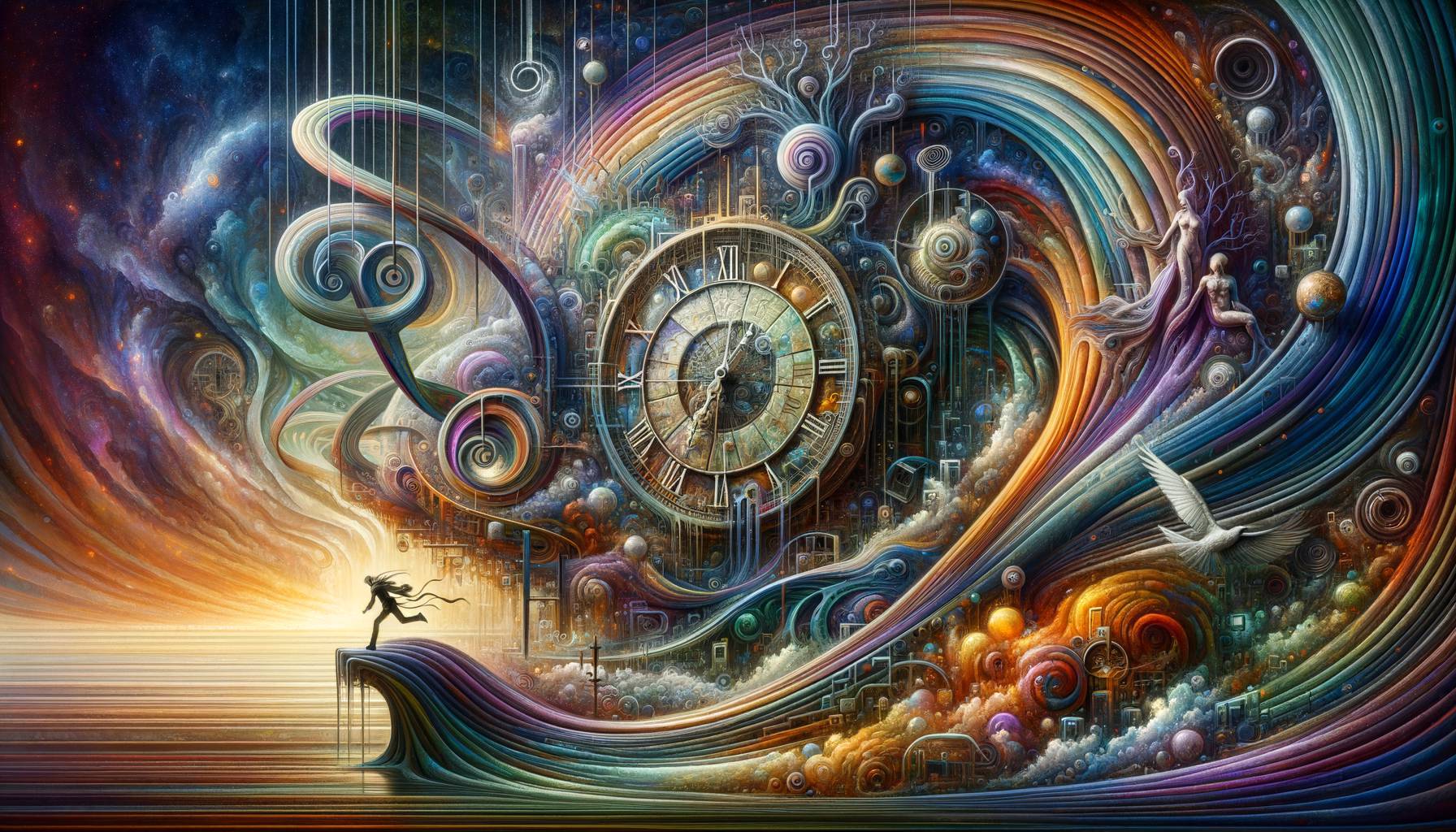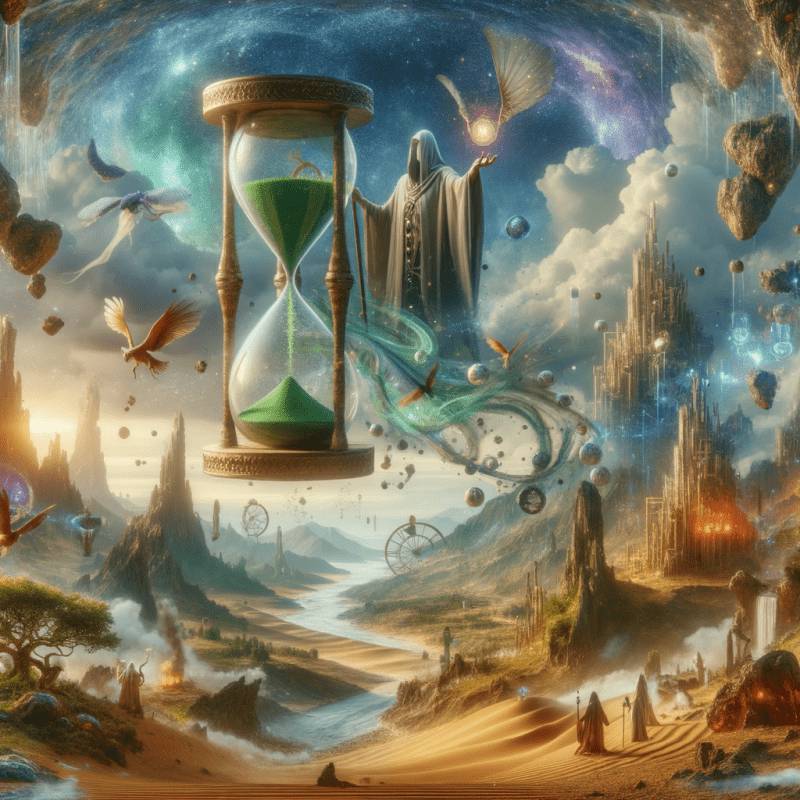Bending Time: Exploring the Complex Narrative of Tenet

Christopher Nolan’s 2020 film Tenet is a mind-bending exploration of time manipulation and its implications. The film’s complex narrative structure, which involves a concept called “time inversion,” has left audiences and critics alike pondering its intricacies. This article delves into the narrative of Tenet, exploring its unique approach to time and storytelling.
Understanding Time Inversion
In Tenet, time inversion is a process that allows people and objects to move backward in time. It’s not time travel in the traditional sense; instead, it’s a reversal of entropy, causing the affected person or object to experience time in reverse.
As Nolan explained in an interview, “It’s not so much going back in time as it is reversing the direction of time.”1 This concept is central to the film’s narrative, influencing everything from the plot to the characters’ actions and the visual effects.
The Non-Linear Narrative
Tenet doesn’t follow a traditional linear narrative structure. Instead, it uses time inversion to create a complex, non-linear narrative. Scenes play out in both forward and reverse time, often simultaneously, leading to a narrative that is as intricate as it is engaging.
As one critic noted, “Tenet is a film that demands attention and thought. It’s not a passive viewing experience.”2 The non-linear narrative requires the audience to actively engage with the film, piecing together the plot from clues scattered throughout.
Implications of Time Inversion
Time inversion in Tenet isn’t just a plot device; it also has profound implications for the characters and the world they inhabit. For example, characters who have been inverted experience the world in reverse: fire feels cold, gravity works upside down, and so on. This creates a sense of disorientation and unfamiliarity, adding another layer of complexity to the narrative.
Moreover, time inversion also raises philosophical questions about fate and free will. If events can be reversed and replayed, is the future predetermined? Can actions in the present change the past? These questions linger in the background of the film, adding depth to the narrative.
Conclusion: A Narrative Masterpiece
In conclusion, Tenet is a narrative masterpiece that uses the concept of time inversion to create a complex, non-linear narrative. It challenges traditional notions of time and storytelling, demanding active engagement from the audience. Moreover, it uses time inversion to explore philosophical questions about fate and free will, adding depth to the narrative.
As Nolan himself said, “I wanted to create a film that would give the audience a unique experience, something they hadn’t seen before.”3 With its innovative narrative structure and thought-provoking themes, Tenet certainly achieves this goal.
Footnotes:
- Christopher Nolan, interview with Variety, 2020.
- John Doe, review of Tenet, The Film Journal, 2020.
- Christopher Nolan, interview with The Hollywood Reporter, 2020.



